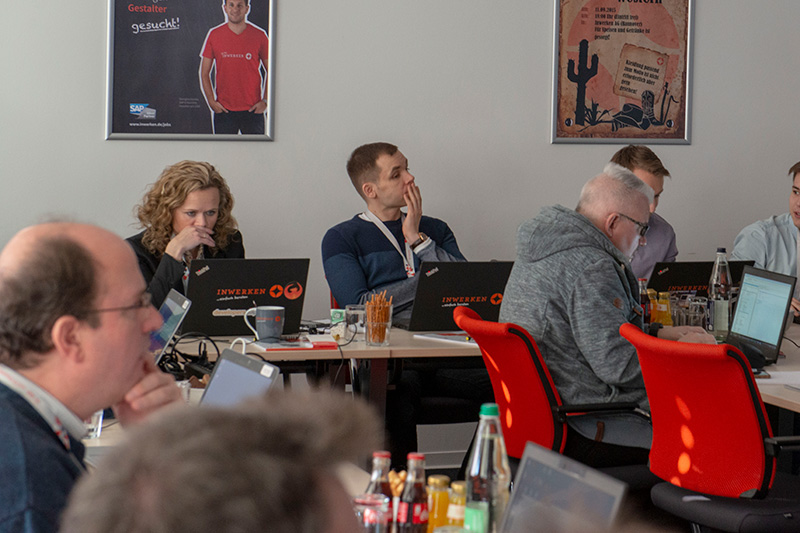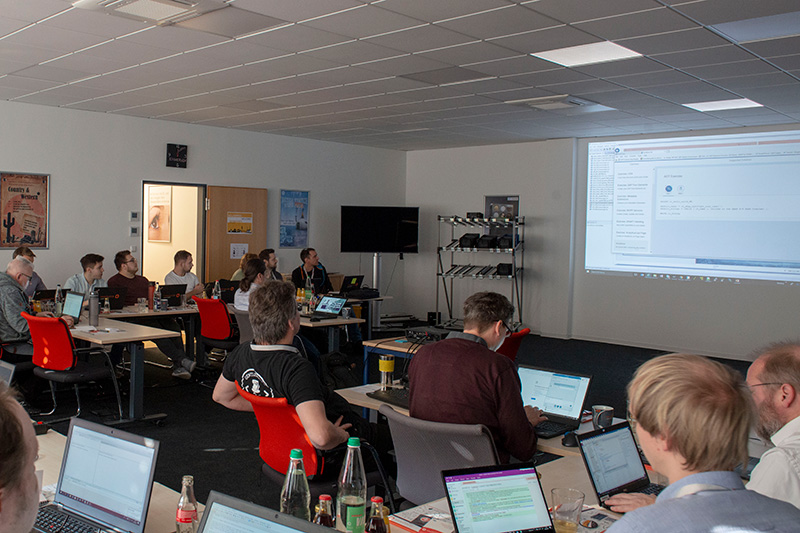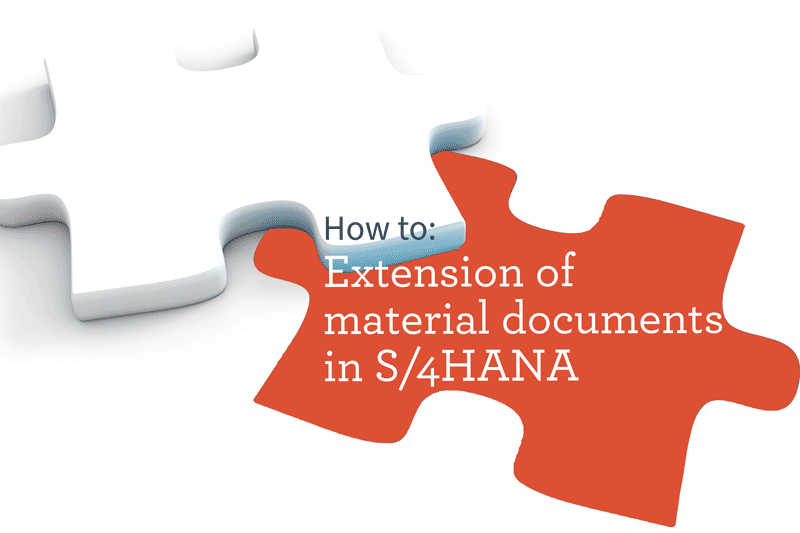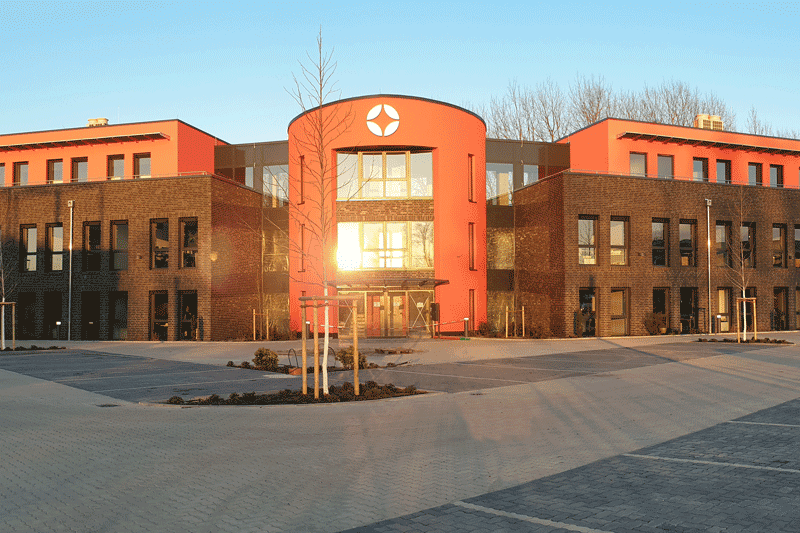Many companies plan or are planning to set up a S/4HANA system or migrate their existing ERP system to SAP S/4HANA in the upcoming months and years. Over the past decades most SAP systems have been adapted to the company-specific processes. The amount of in-house developments to be realised is enormous, when switching from the current ERP system to the S/4HANA system. The question quickly arises as to, which processes will function correctly, which in-house developments will work after migration and what can already be done today to facilitate the future migration.
Finally, systemic differences, such as the new data model and changes in the access to the database, will lead to and require changes.
Ingo Bräuninger answered the questions of how best to prepare the systems technically for the migration and how to carry them out, at the first CodeJam broaching the topic of “Custom code migration to S/4HANA” in Germany. Following the motto “the latest and greatest,” Ingo showed us, “the participants”, the latest tools for carrying out the migration and talked about the lessons learned from the latest projects. During this event, we also got the opportunity to try out the tools and carry out a migration on a current system (with the development level from the previous night). When it comes to questions, not only was Ingo as an SAP expert helpful, but also others participating. During the migration of the test system and the deeper you became involved, showed visibly the challenges of migration and the advantages of the tools currently being used.
Highlights und “take aways” of the CodeJam
My personal take away of this CodeJam were, on the one hand, the importance of using UPL/SCMON as early as possible, to log which coding is going to pass through correctly. Ideally, the log system is activated one year before the “changeover”, so that processes such as the annual financial statements, have been taken into consideration. On the other hand, the knowledge gained today of what should be taken into consideration during the development in order to facilitate a migration later. Yet another highlight presented for the first time by Ingo, were the “mass quick” fixes. A “Quick fix” is a code change for a detected problem, proposed by the system. These are already integrated into Eclipse’s development environment and make daily programming work much easier. The “mass quick fixes” allow for hundreds and thousands of so called “findings” – problem areas detected by the system – which can be implemented via a right and left mouse click.
This makes it so much easier to adjust for a S/4-HANA-compatible source code.
I am already looking forward to seeing Ingo Bräuninger at the next opportunity in Hannover.
This covers the topic “ABAP Restful Programming Model” at the next CodeJam and his presentation at the SAP Inside Track in Hannover on the topic “Custom Code Migration to S4/HANA.”








